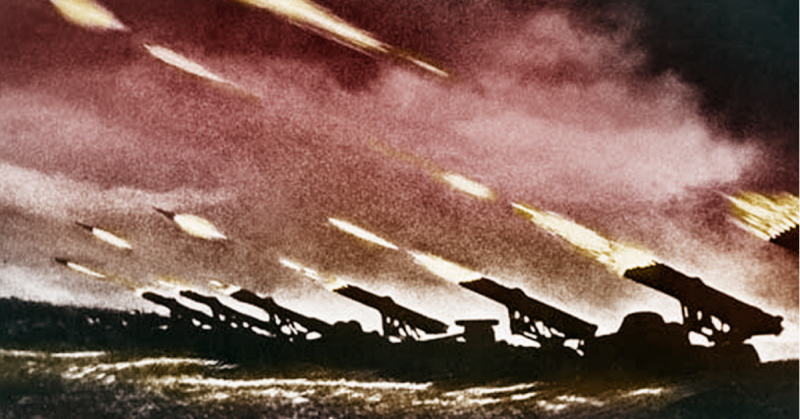On July 14, 1941, near a defensive site of the 20th Army in the forest east of Orsha, Captain Ivan Flerov’s battery attacked German positions. The battery was armed with new, and unknown to the enemy, BM-13 military vehicles. Those combat vehicles would eventually become called “Katyusha” and take part in the most important Soviet battles of World War II. Like the legendary T-34 tank, they are still a symbol of victory in Russia.
Katyusha is an unofficial name for the systems of field rocket artillery which appeared during the war. The name originated with the BM-13, but later spread to the BM-8, BM-31 and others. On the other side, the sound produced by the plumage of the rocket led Wehrmacht soldiers to call it “Stalin’s organs” (“Stalinorgel”).
The development of rockets in the USSR took place in the 1920s and was carried out by the staff of the Gas-Dynamic Institute. In the 1930s, research continued at the Rocket Research Institute, under the leadership of Georgiy Langemak. Despite his contribution to rocket development, he was later subjected to repression and was shot.
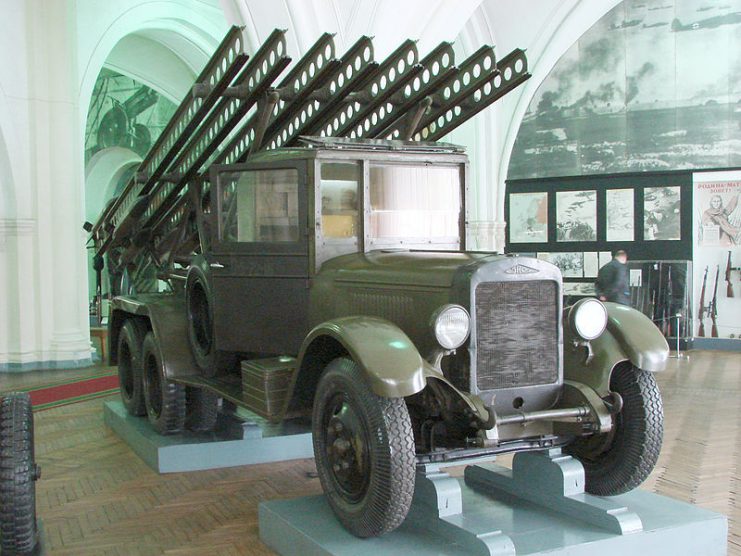
In 1938-1941, under the supervision of an engineer named Kostikov, a multi-charge launcher system was created and mounted on a lorry. After testing in 1941, the launcher was named BM-13 and was adopted for service on June 21, 1941.
BM-13’s were installed on the base of the ZIS-6 truck, and used 132 mm M-13 missiles. After the end of 1942, all the components were mounted on American Studebaker US6 trucks supplied by the Lend-Lease program. These trucks had good speed and footing, which allowed them to cope with the main task of the Katyusha–to fire at enemy positions and then, if necessary, quickly retreat. The crew consisted of 5-7 people.
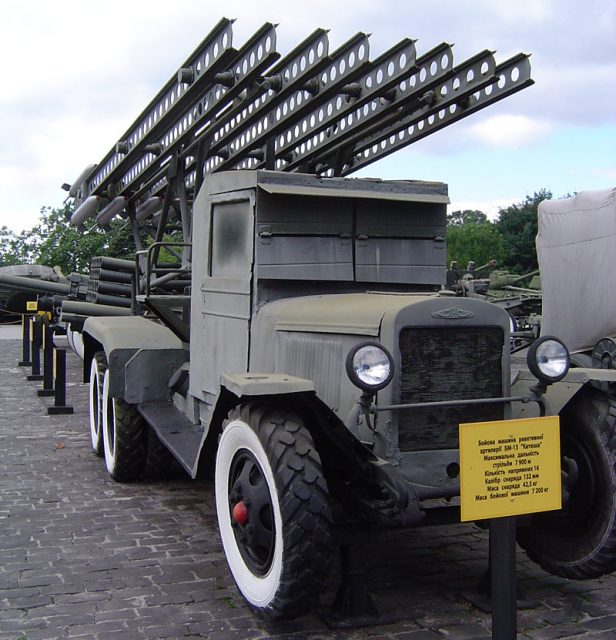
The production of Katyushas took place at both the Moscow plant Compressor and at the Voronezh plant Kommunar. BM-13, BM-31 and BM-8’s were also mounted on ships, airplanes, boats and horse sleighs. During the war, a large number of different versions of rockets and launch systems were created, as well as about 10,000 reactive artillery combat vehicles.
At the beginning of the war, Katyushas were used to guard headquarters and important facilities. The Soviet leadership attached great importance to their use in the battle of Moscow, the defense of Stalingrad, the Battle of Kursk, and in many other battles and operations.
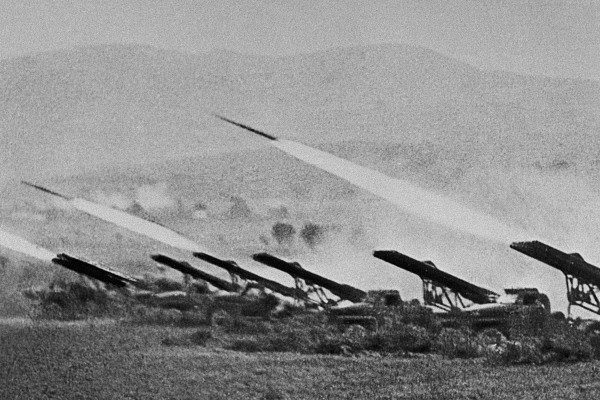
On October 1, 1941, in the directive of the Supreme High Command, the following was noted: “The sudden, massive and well-prepared fire of divisions M-8 and M-13 provides an exceptionally good defeat of the enemy and at the same time has a strong moral shock to his manpower, leading to a loss of combat capability.”
After WWII, Katyushas were later deployed in the Korean and Afghan wars. In addition to the Soviet Union, Katyushas, particularly the BM-13, were in service with the Warsaw Treaty countries, as well as Algeria, Albania, Egypt, Iraq, Syria, China, North Korea, Cuba, Mongolia and some African countries.
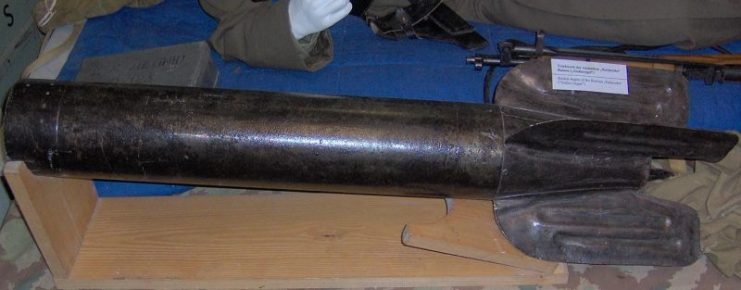
Currently, about 21 of the Katyushas based on the ZIS-6 truck remain, in the forms of museum exhibits and monuments.
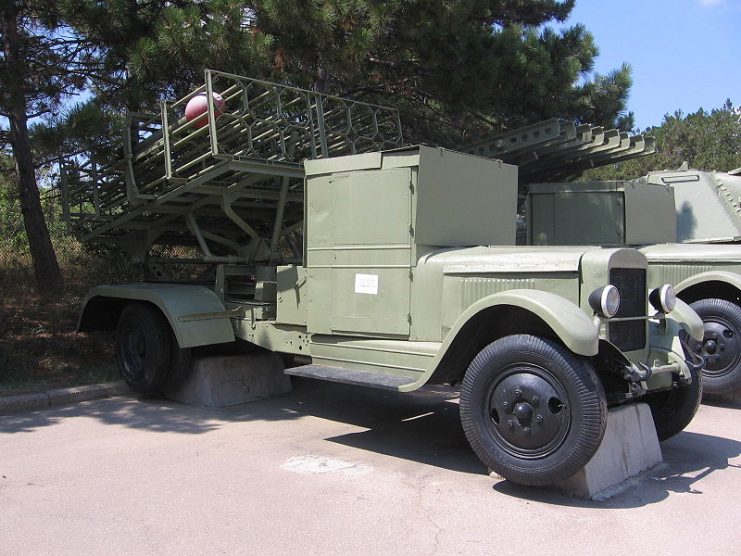
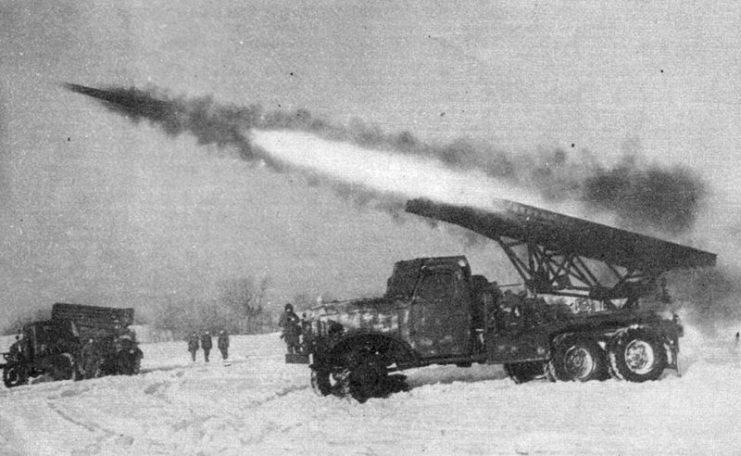
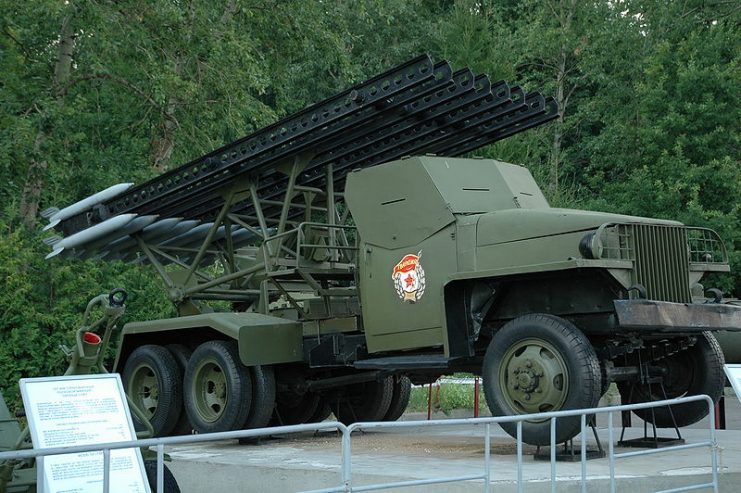
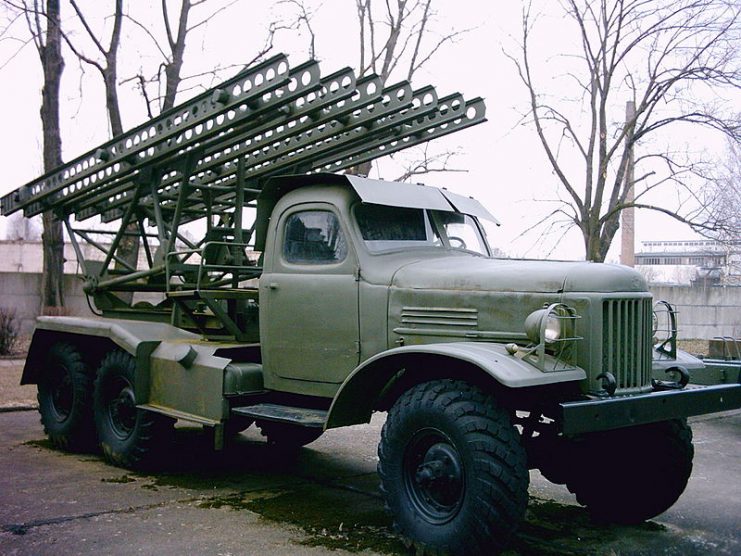
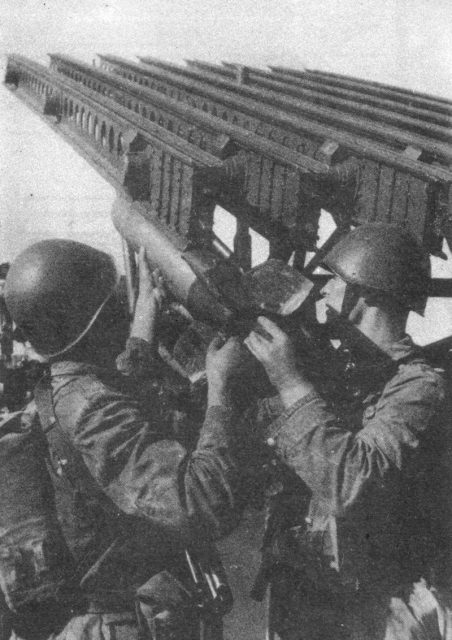
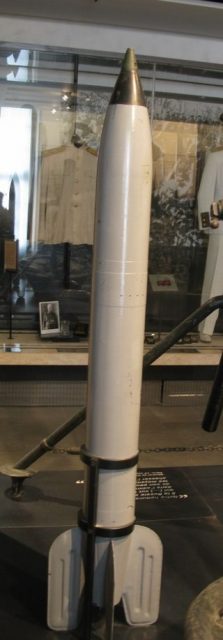
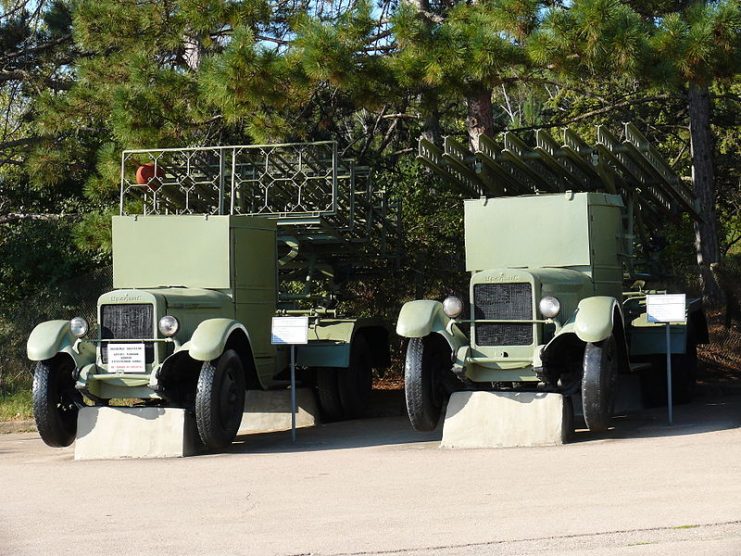
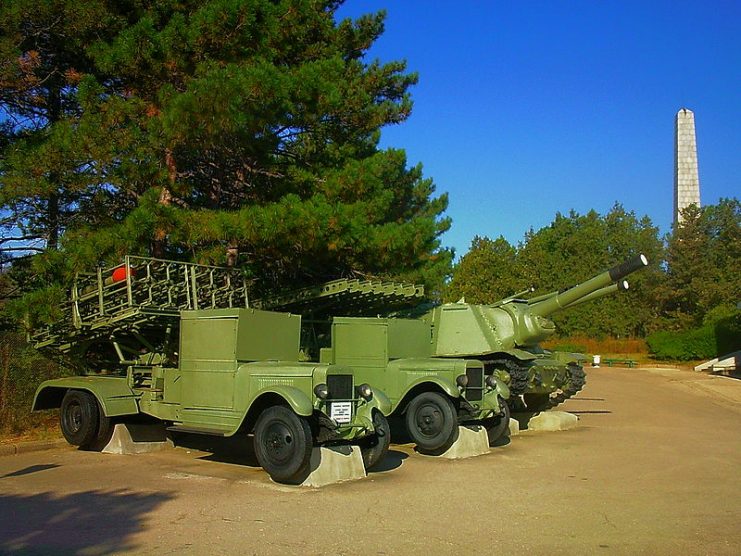
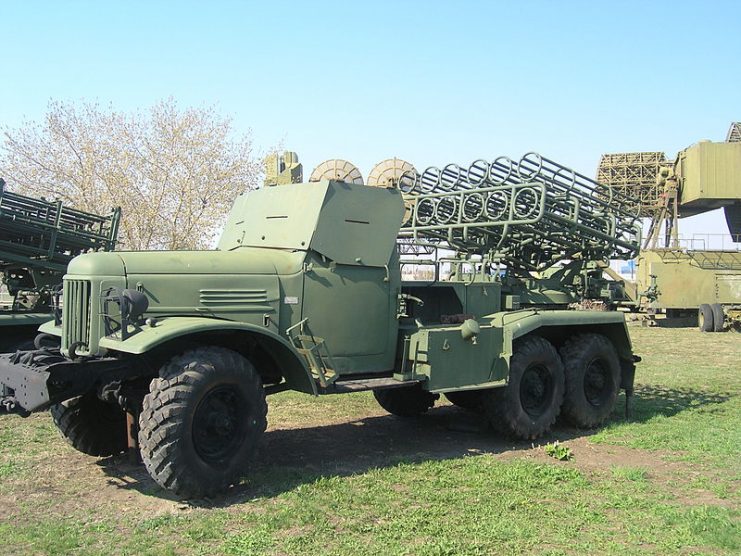
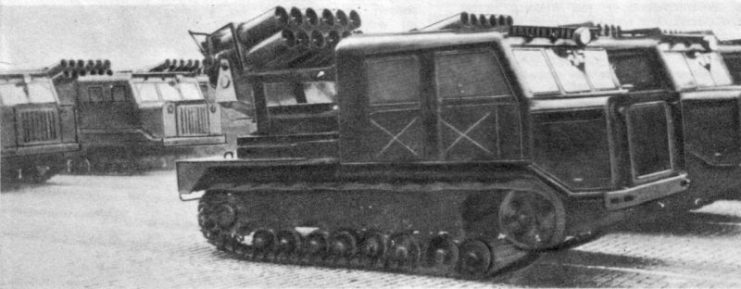
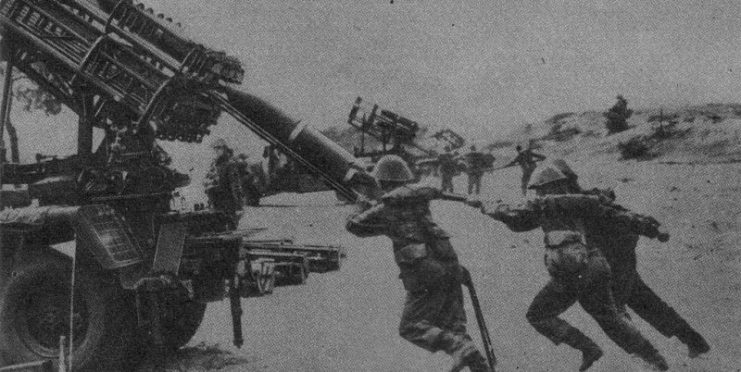
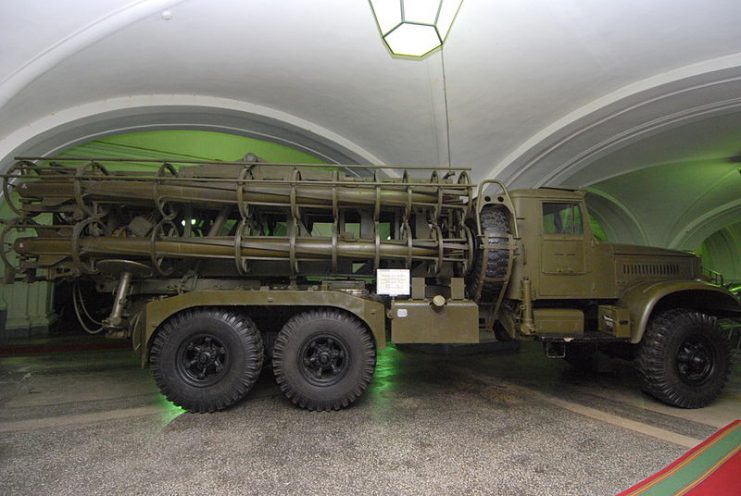
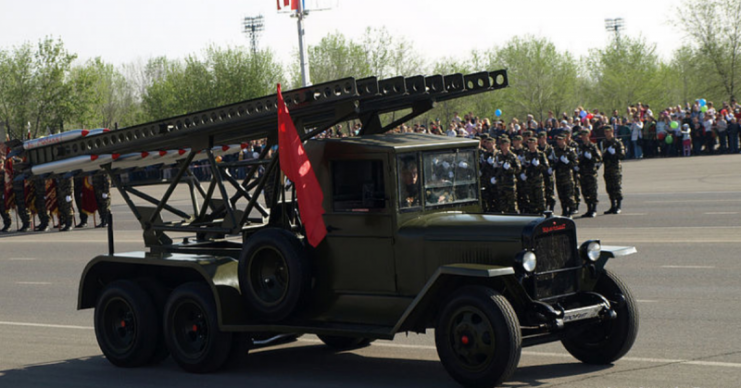
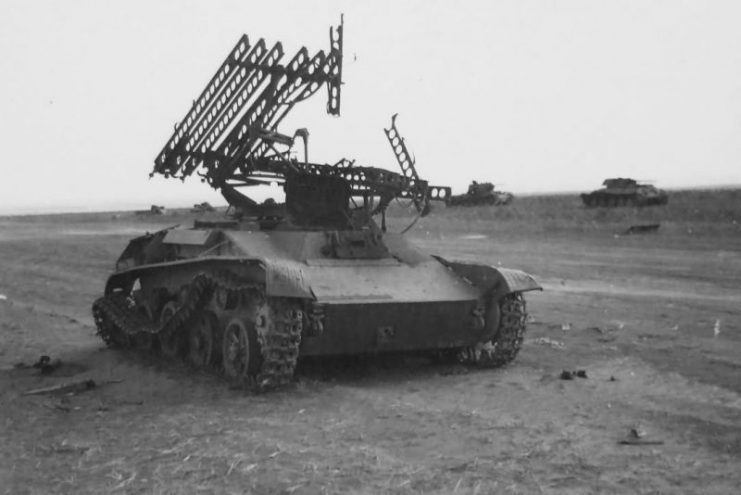
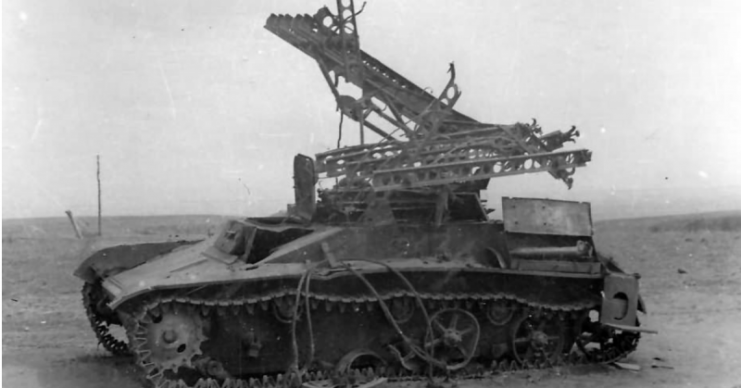
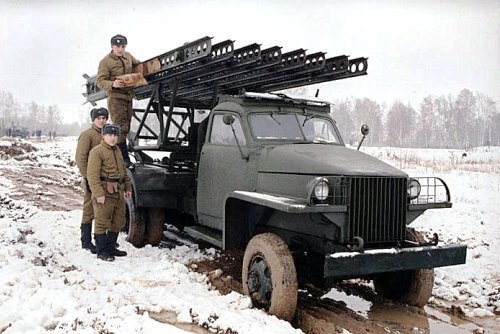
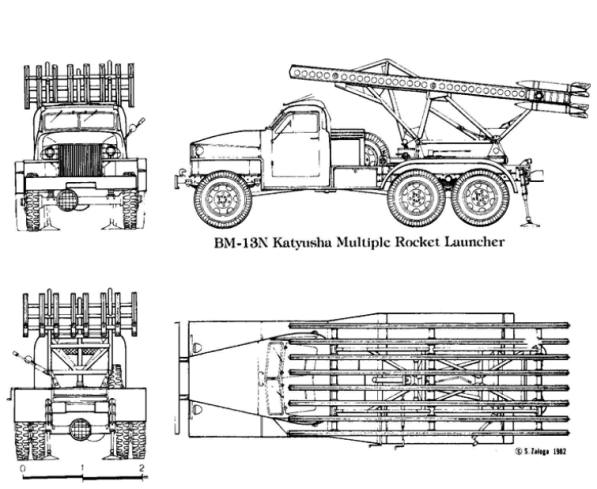
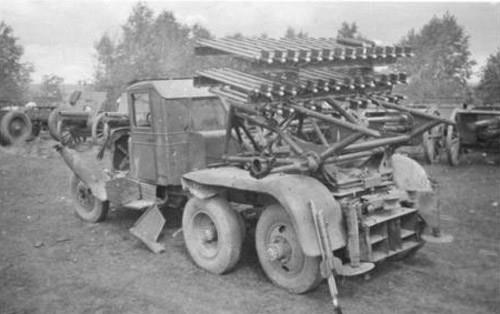
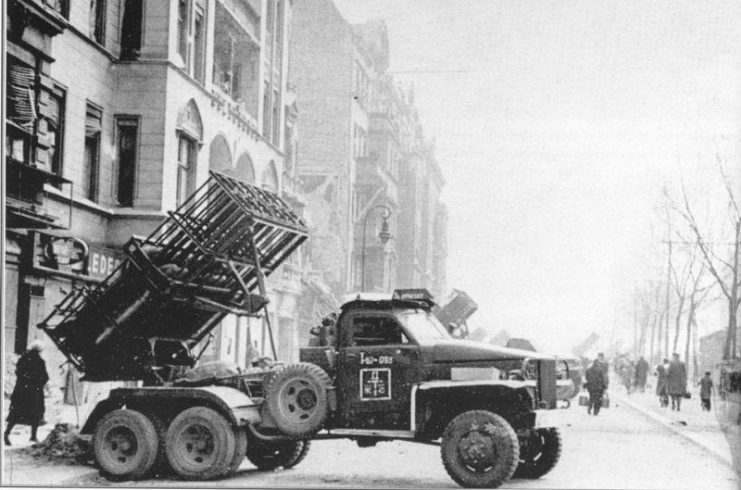
Read another story from us: Operation Bagration – The Soviet Liberation of Belarus
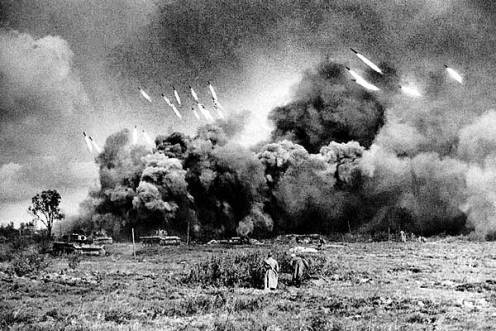
Rocker projectors “Katyusha” near Viborg, Leningrad front, 1944
